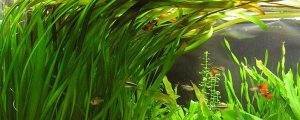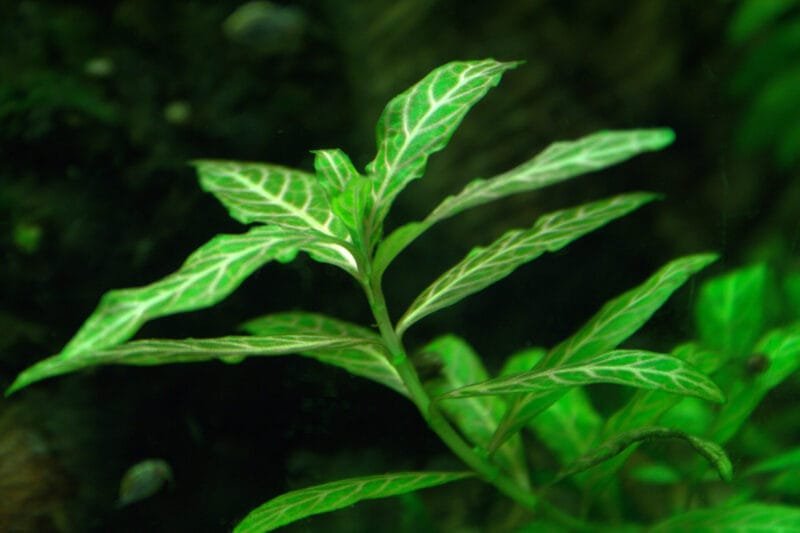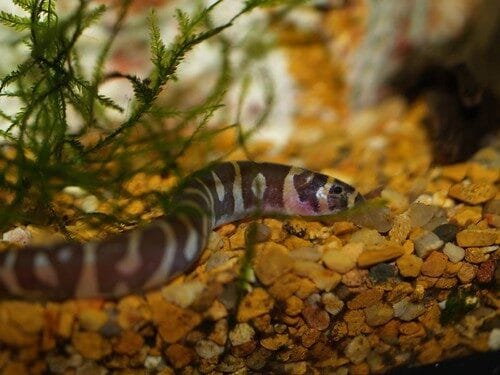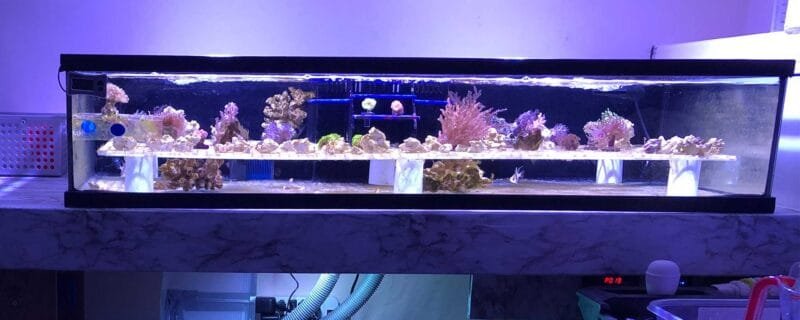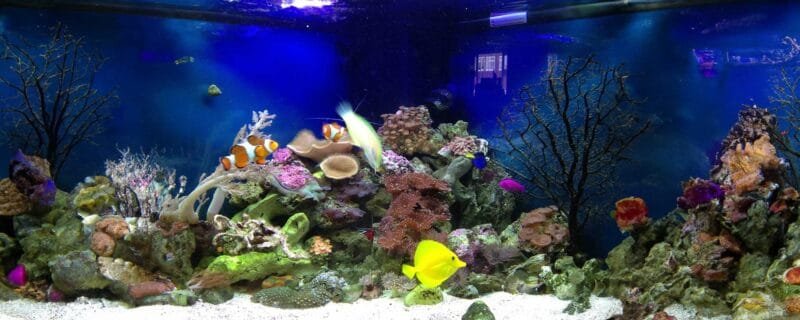Live plants are an essential component of any thriving freshwater aquarium. Not only do they provide oxygen, absorb excess nutrients, and create shelter for aquatic life, but they also transform tanks into lush underwater gardens. Among the many species beloved by aquascapers, Rotala wallichii stands out for its feathery texture and vibrant red-pink hues. Though a bit more demanding than beginner-friendly plants, its beauty makes the effort worthwhile for intermediate to advanced hobbyists.
In this guide, we’ll dive into everything you need to know about Rotala wallichii, from plant care and propagation to its best use in aquascaping designs. Whether you’re building a high-tech Nature Aquarium or simply want a striking stem plant to elevate your aquascape, Rotala wallichii is a showstopper worth considering.
Plant Profile
Scientific Name: Rotala wallichii
Common Names: Whorly Rotala, Rotala Red Needle Leaf
Origin: Southeast Asia – Thailand, Laos, Vietnam, India
Habitat: Found in slow-moving or stagnant freshwater streams and rice paddies
Plant Type: Stem plant
Growth Pattern: Vertical, with narrow needle-like leaves whorled around the stem
Coloration: Ranges from bright green to deep pink or red, depending on conditions
Placement in Aquarium: Best used as a background or midground plant
Growth Speed: Medium to fast in ideal conditions
Special Features: Turns brilliant red under strong light and CO₂ injection
Care Guide
While not the easiest aquatic plant to care for, Rotala wallichii can thrive with the right parameters and maintenance. Here’s what it needs to flourish:
Lighting
-
Type: Full-spectrum LED or T5/T8 fluorescent
-
Intensity: High light (at least 0.75–1 watt per liter or PAR >50 µmol)
-
Duration: 8–10 hours daily
-
Tips: Insufficient lighting will result in pale colors and leggy growth. To achieve deep reds, strong lighting is a must.
Water Parameters
-
Temperature: 68°F–82°F (20°C–28°C), optimal around 75°F (24°C)
-
pH: 5.5–7.0 (slightly acidic is ideal)
-
Hardness: Soft to moderately hard (GH 3–8, KH 1–4)
-
CO₂ Injection: Strongly recommended for vibrant growth and coloration
Substrate Preferences
-
Type: Nutrient-rich aquasoils like ADA Amazonia, Fluval Stratum, or UNS Controsoil
-
Alternatives: Inert substrates with root tabs can work, but aren’t ideal
-
Note: Although it’s a stem plant, Rotala wallichii benefits from nutrient access via its roots
Fertilization
-
Liquid Fertilizers: Dosing is essential; use a complete fert regimen with macros and micros
-
Root Tabs: Helpful, especially if not using aquasoil
-
CO₂: Essential for optimal color, density, and health
Trimming, Propagation, and Growth Rate
-
Trimming: Regular topping encourages bushier growth and prevents shading
-
Propagation: Trimmed stems can be replanted directly into the substrate
-
Growth Rate: Medium to fast; under optimal conditions, expect 2–4 inches per week
Aquascaping Tips
Rotala wallichii is a high-impact plant when used thoughtfully in aquascapes. Its delicate leaves and vivid coloration provide both contrast and cohesion in planted tanks.
Aquascaping Roles
-
Background: Use in groups along the back wall for a vivid red curtain effect
-
Midground Accent: Works beautifully as a mid-layer if trimmed short
-
Color Anchor: Use as a focal point among green plants or wood
Ideal Layout Styles
-
Dutch Style: Perfect in stem rows; contrasts beautifully with green Hygrophila or Ludwigia
-
Nature Aquarium Style: Plant behind driftwood or rock for a burst of color
-
High-Tech Jungle Style: Great for adding color diversity among dense planting zones
Compatible Plants
-
Green Contrast: Rotala rotundifolia, Limnophila sessiliflora, Hygrophila polysperma
-
Other Reds: Ludwigia repens, Alternanthera reineckii
-
Textures: Bucephalandra, Anubias, mosses, or ferns to balance its fine structure
Hardscape Pairings
-
Looks striking against dark driftwood and gray or black stone
-
Avoid overly complex hardscape directly in front of it—let the color shine
Tank Mates and Compatibility
Rotala wallichii is safe for most freshwater community fish, but its fine leaves make it vulnerable to plant-damaging species.
Ideal Fish Companions
-
Tetras (Neon, Ember, Rummy-nose)
-
Rasboras
-
Dwarf Gouramis
-
Otocinclus catfish
-
Corydoras
-
Shrimp (Cherry, Amano)
Species to Avoid
-
Goldfish
-
Silver Dollars
-
Cichlids (except small Apistogramma or Rams)
-
Crayfish or large clawed shrimp
These species may eat or uproot delicate stem plants like Rotala wallichii.
Common Problems and Solutions
Despite its beauty, Rotala wallichii can be tricky to grow if conditions are subpar. Here are the most common issues aquarists face:
1. Pale or Green Leaves Instead of Red
-
Cause: Low light, insufficient iron or CO₂
-
Fix: Increase lighting intensity, dose iron-rich micros, ensure CO₂ is 20–30 ppm
2. Leggy Growth or Sparse Stems
-
Cause: Not enough light, overcrowding, lack of trimming
-
Fix: Trim regularly to encourage side shoots, space stems 1–2 cm apart during planting
3. Melting After Planting
-
Cause: Transition shock, especially when converting from emersed to submerged form
-
Fix: Wait it out; ensure optimal water and light, and remove decaying tissue to avoid ammonia spikes
4. Algae Growth on Leaves
-
Cause: Imbalance between light, CO₂, and nutrients
-
Fix: Reduce lighting period, improve flow, dose fertilizers evenly, add algae-eaters like Amano shrimp
5. Stems Floating to Surface
-
Cause: Poor anchoring or substrate
-
Fix: Use planting tweezers to bury deeply, consider lead weights temporarily if needed
Conclusion
Rotala wallichii is a gem in the world of freshwater aquascaping. While it demands high light, soft water, CO₂ injection, and regular care, its stunning red coloration and fine-leaved texture make it a favorite in show-quality tanks. It rewards committed hobbyists with explosive growth and striking contrast that elevates any aquascape layout.
To succeed with Rotala wallichii long-term, maintain a stable high-tech setup, trim regularly, and never let nutrient dosing lapse. With some dedication and fine-tuning, you’ll enjoy vibrant displays of this beautiful plant season after season.
FAQs
1. Is Rotala wallichii good for beginners?
Rotala wallichii is not considered beginner-friendly due to its high light, CO₂, and nutrient demands. Intermediate to advanced aquarists will have more success.
2. How do I get Rotala wallichii to turn red?
To bring out its red hues, provide strong lighting (50+ PAR), inject CO₂ (20–30 ppm), and dose iron-rich fertilizers consistently.
3. Can I grow Rotala wallichii without CO₂?
It may survive in low-tech tanks, but it will likely stay green and sparse. For healthy, colorful growth, CO₂ injection is strongly recommended.

